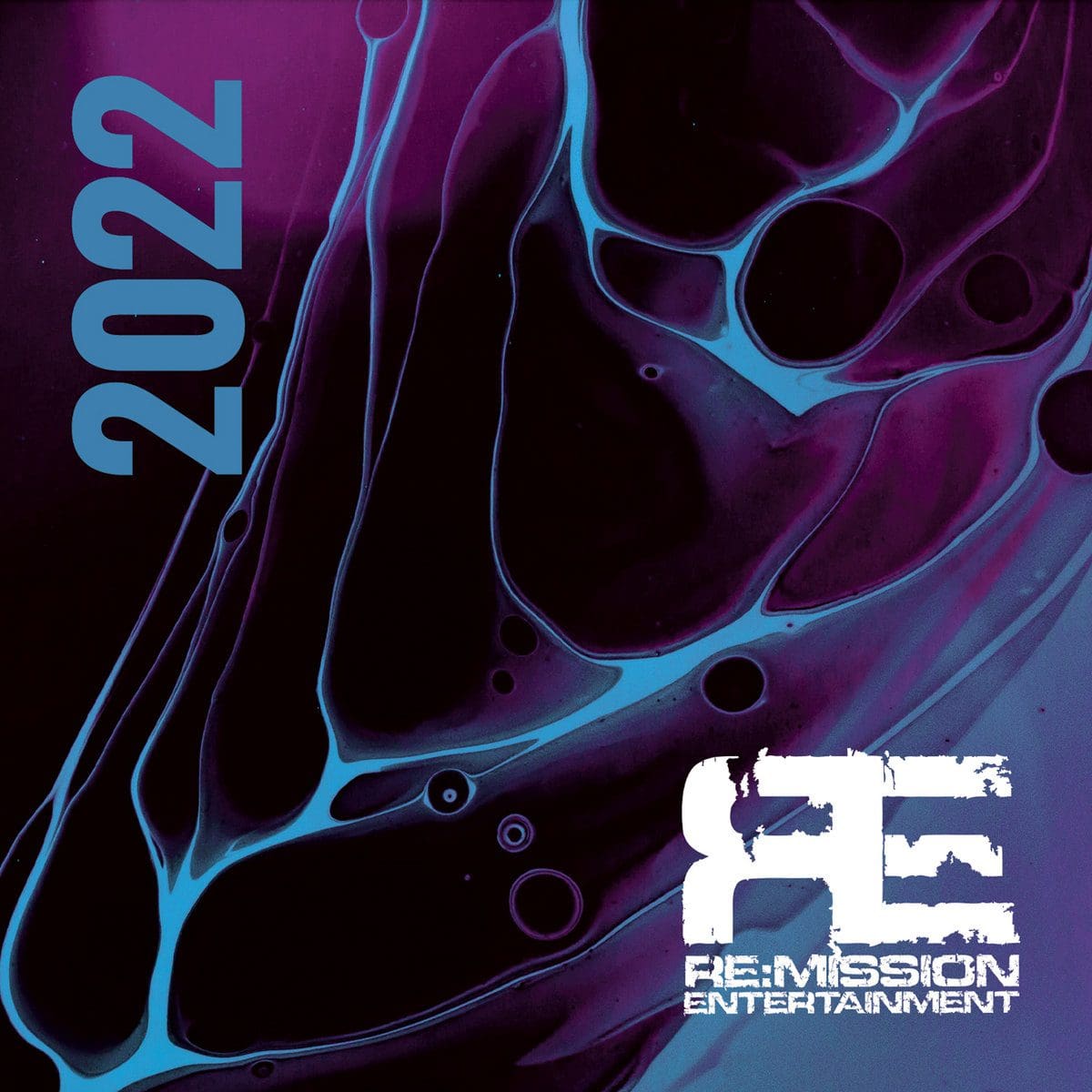Mentallo & The Fixer’s ‘No Rest For The Wicked’ see 30th Anniversary release in a very limited edition
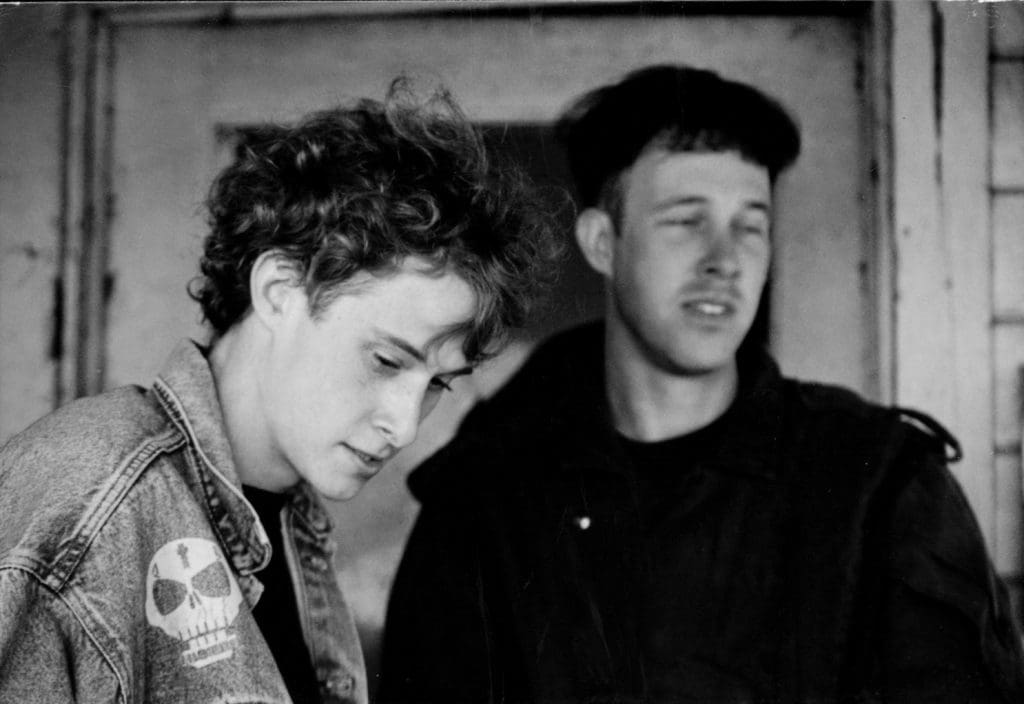

“No Rest for the Wicked” is the debut studio album of Mentallo & The Fixer, released in 1992 by Simbiose Records. It now gets a 30th anniversary release via Mentallo Big Cartel and Re:Mission Entertainment in various limited formats holding 4 bonus tracks.
This reissue contains the original seven tracks remastered by JM Mastering.
1992’s “No Rest for the Wicked” was the band first major underground release and while the recording was low-budget it introduced their audience to the band’s dynamic energy and sense of melody. The recording sessions were completed during 1990 and 1991 but the album’s release was stalled for personal reasons by the band, with founding member Gary Dassing discussing the lyrics as being about his sister’s placement in an asylum.
The digital version will contain all twelve tracks from the original CD plus four additional songs from the 1991 “Wreckage + Ruin + & + Regrests + [Redemption] ” GPC cassette tape.
Available are also two vinyls, a limited edition in black vinyl and one in silver vinyl, the latter is already completely sold out. The vinyl versions hold the restored original artwork, but also a folded poster autographed by Gary and Dwayne Dassing.
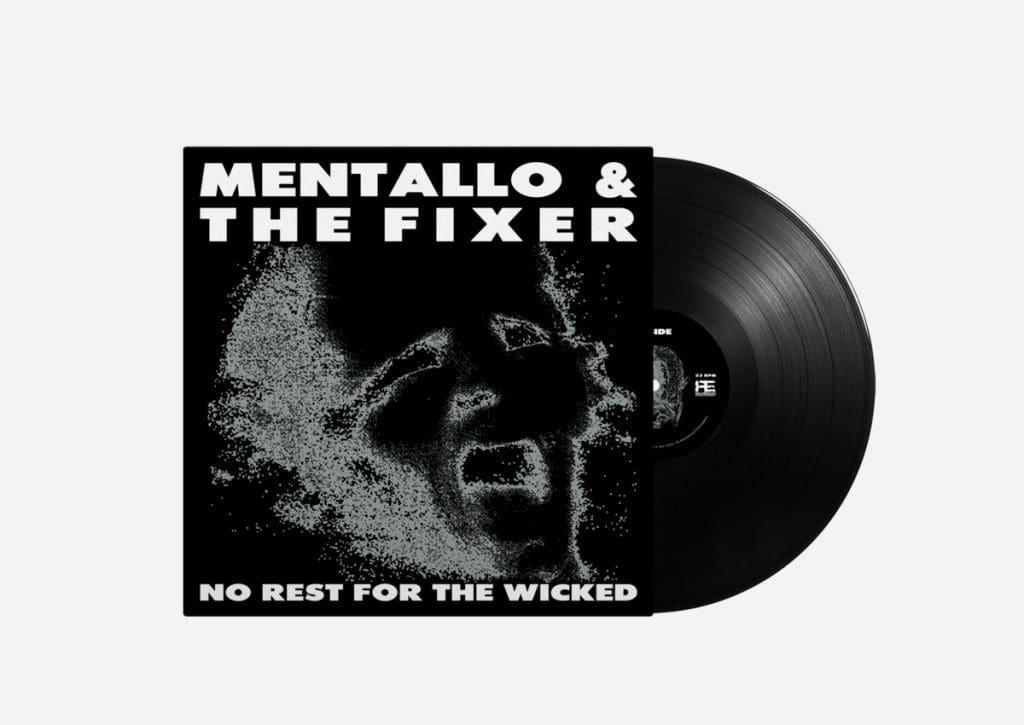

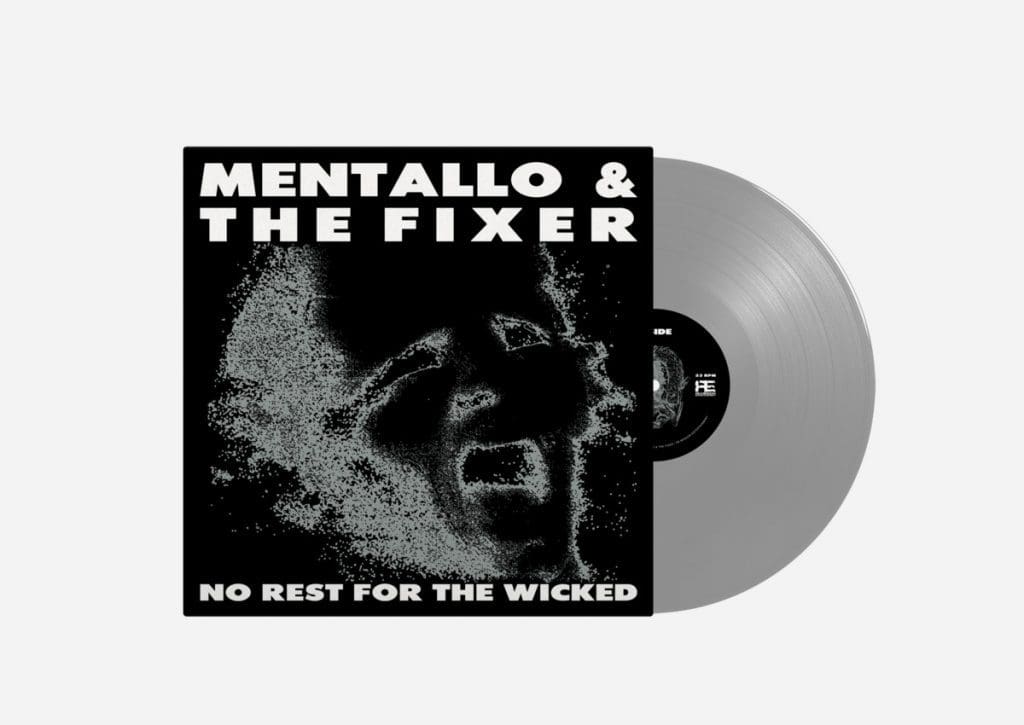

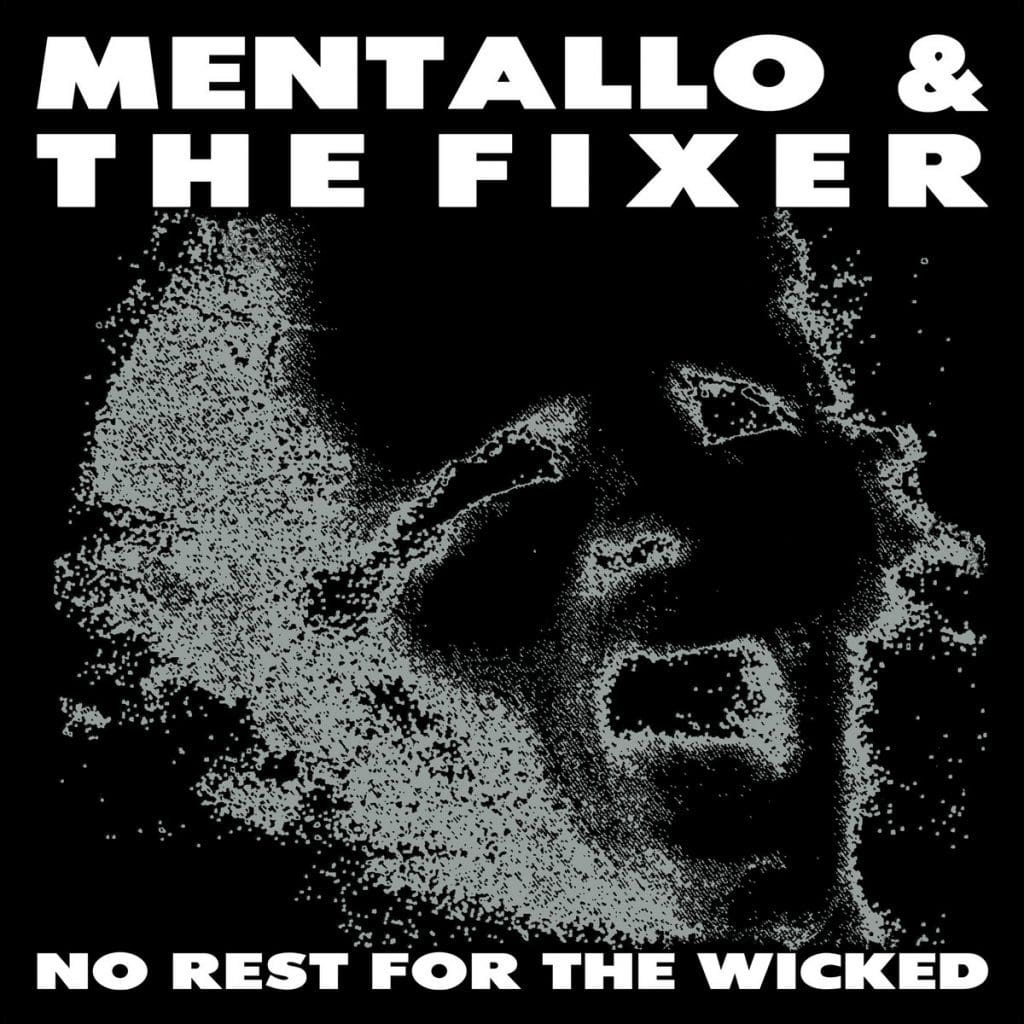

You can order these releases via Mentallo Big Cartel or via the Re:Mission Bandcamp page.
About the album
Mentallo And The Fixer was born from the minds of brothers Gary and Dwayne Dassing in 1988.
The duo began their career earlier by experimenting with traditional rock instruments such as
guitar and drums, but made their focus synthesizers and samplers with their first band
Benestrophe with vocalist Richard Mendez. From that project spouted two tapes worth of
material released via Ras Dva Records as “Sensory Deprivation” and “Auric Fires”. Mentallo And
The Fixer soon formed after Benestrophe went dormant.
Their debut album “No Rest For The Wicked” saw released on Portuguese label Simbiose
Records, whilst also gaining the attention of Zoth Ommog records.
Gary Dassing recalls: “Thirty years have passed since our first release, “No Rest For The Wicked”. Dwayne and I have been fortunate to have kept this band going in some capacity after all these years. Mentallo And The Fixer came about after our first band Benestrophe disbanded due to a number of reasons. Dwayne moved from San Antonio to Austin for better job prospects in the electronics industry. Rich Mendez had other priorities being school and computer programming. I was left to my own devices and began recording tracks on my own, continuing to work on music in the privacy of my home studio, which I dubbed The Churchyard. I had no interest in being a vocalist much less a front man. I decided to throw caution to the wind and give it a shot. I had nothing to lose and figured the only ones hearing my music, and having to put up with my nonsensical garbling gibberish at the time would be my close friends and parents.
Back in the day, technology was a far cry from what it is today. Our recording methods were quite archaic. Everything was recorded on a standard Teac tape deck. I was monitoring the mix using a Panasonic jambox, and Commodore 64 as our sequencer, taking 15 to 20 minutes to load the program off a floppy disk, a 12 channel Ross mixer which was intended for live sound, load in a 90-minute cassette and hit record.
For these tracks, nothing was structured and everything was recorded on the fly, even the vocals. I would randomly change drum patterns, effects, muting and unmuting synth sounds and levels, etc. The sequencing program would run on a loop, repeating, until I hit the spacebar to stop the song. It was a bit of unwavering controlled chaos. Half of what I was recording vocally was completely improvised. I was trying to capture a feeling, filling up one side of the cassette and selecting the best version.”
Since you’re here …
… we have a small favour to ask. More people are reading Side-Line Magazine than ever but advertising revenues across the media are falling fast. Unlike many news organisations, we haven’t put up a paywall – we want to keep our journalism as open as we can - and we refuse to add annoying advertising. So you can see why we need to ask for your help.
Side-Line’s independent journalism takes a lot of time, money and hard work to produce. But we do it because we want to push the artists we like and who are equally fighting to survive.
If everyone who reads our reporting, who likes it, helps fund it, our future would be much more secure. For as little as 5 US$, you can support Side-Line Magazine – and it only takes a minute. Thank you.
The donations are safely powered by Paypal.


